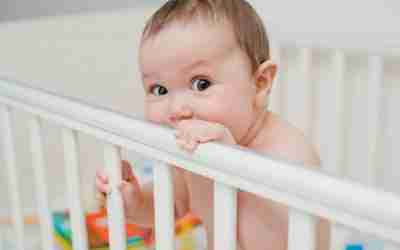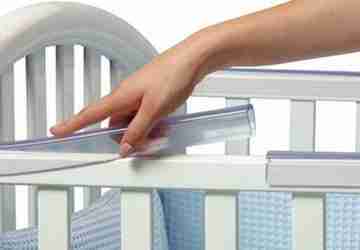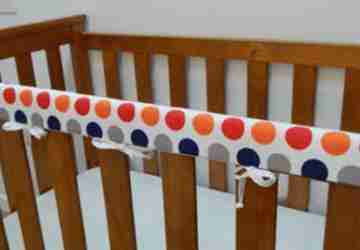
Teething is a natural stage of development that every baby goes through. You may notice that your baby has sore gums for a month or two before the tooth breaks through. This won’t be much fun for you or your baby, but there are some things that you can do to soothe the pain. Every baby is different, and you may have to try a few different things until you find something that works for the both of you.
Check NHS Guide on how to helping your teething baby. http://www.nhs.uk/Conditions/pregnancy-and-baby/Pages/teething-and-tooth-care.aspx
During this phase, your baby will chew on many different objects to ease the irritation brought on by teething. Babies chewing on their fists, their toys and their furniture is relatively normal, but it can be alarming to you as a parent and you should be aware of possible damages and how to prevent injury. There are so many stories about teething baby chewing on different objects, with mums called their babies “rat” and “beaver.” They were absolutely amazed at just how much damage can be done by a single teething baby. Check the points below to help you understand what to expect and how to help your baby get through this phase.
As cot bed manufacturer, we have drafted advice of how to use your cot with a teething baby.
Pay attention when your baby starts teething. They usually start teething around six months, but it’s perfectly normal for teething to begin any time between 3-12 months. One of the first signs is that they start to chew on their fingers, toys or any other objects they get hold of. NHS – Teething and tooth care.

When your baby starts teething, check if you have adjusted the cot base to correct height position. The highest position is for first few months of our baby’s life, so you can easily lift them in and out. The middle position is for once the baby can roll so they don’t accidentally fall out. The lowest base position is the safest; always use it as soon as your baby is able to sit up unaided.
A teething baby is most likely able to set up unaided and your cot should be set to the lowest base position. As long as your cot conforms to the BSEN716 standard of cot, the paint and material will have minimum amount of metal trace. The standard also requires space between the bars be less than 6.5cm to prevent the baby getting stuck. Your teething baby will also not able to reach and chew on edge of slat.

If your teething baby able to stand, the top of rail may line up perfectly with your little one’s mouth. This makes the cot side rail the perfect option soothe your baby’s inflamed gums.
Cots are not designed to be chewed on, although some come with a “teething rail”, a plastic rail cover placed on the top edge of the cot sides, which reduce the risk of your baby chomping out paint and wood splinters, and also protect the edge of cot. However, these usually only cover the top edge of the cot’s side.
Cot rail covers are available for you to purchase. Fabric cot rail cover or plastic cot rail cover, both work well and offer additional protection.

If your teething baby manages to reach and chew on the top of a cot leg which is higher than top of cot rail, then your baby has outgrown the cot. Convert the cot to a bed and baby proof at same time.
In general, you should convert the cot to bed if your baby can stand and reach over the top rail. If the lowest side of cot is lower than shoulder height of your baby then they may be able to get their arms over the side rail and be able to climb out the cot.








